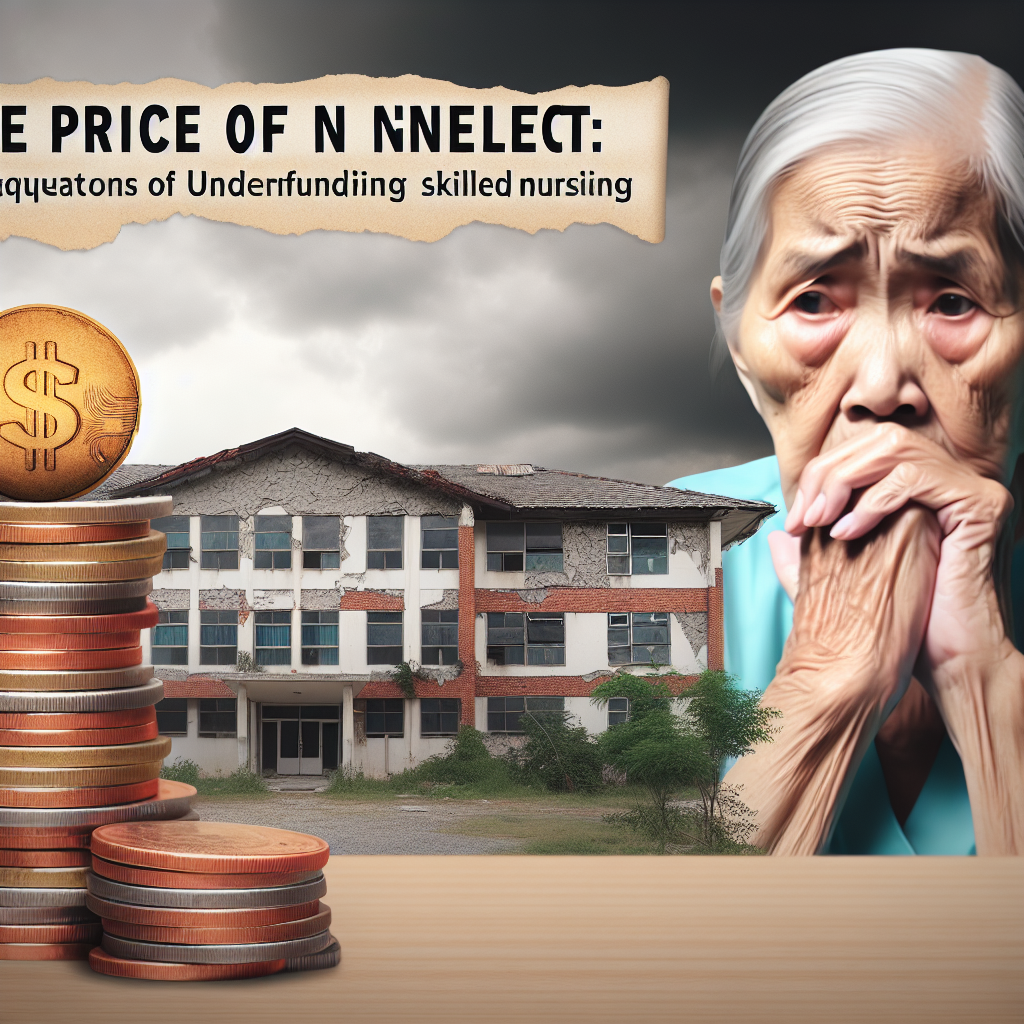New York, NY—Amid growing concerns over the future of healthcare for America’s aging population, new findings reveal the staggering consequences of underfunding in skilled nursing facilities (SNFs). These institutions, essential for seniors requiring 24-hour supervised care, face a crisis that experts warn could lead to increased morbidity rates, a surge in healthcare costs, and a significant decline in the quality of life for millions of elderly Americans.
A recent study by the American Health Care Association (AHCA) underscores the severity of the issue, stating that “75% of skilled nursing facilities are operating at a loss or within razor-thin margins,” a statistic that paints a bleak picture for the future of long-term care in the United States. The ramifications of this financial instability are far-reaching, affecting not only the elderly and their families but also the dedicated professionals working within these facilities.
The primary driver behind the financial strain experienced by SNFs is chronic underfunding, particularly from Medicaid, the largest source of payment for skilled nursing care. Despite the cost of providing high-quality care continuing to rise, reimbursement rates have not kept pace, squeezing facilities already struggling to meet operational expenses. The result is often cost-cutting measures that can compromise the quality of care, such as reduced staffing levels and the inability to invest in necessary upgrades to facilities and equipment.
“In an environment where every penny counts, the first casualties are often those elements that make a facility feel like a home rather than a hospital,” says Dr. Linda Sanders, a gerontologist specializing in long-term care. “Underfunding not only impacts the tangibles, like the number of staff on any given shift, but it also affects the overall morale and culture of care within these facilities.”
The consequences of underfunding SNFs are felt most acutely by the residents themselves. Families report a noticeable decline in the level of personal care and attention their loved ones receive, leading to a domino effect of negative outcomes including increased rates of hospital readmissions, infections, and a general decline in physical and mental health status among residents.
Furthermore, the skilled nursing crisis places additional pressure on already overstretched hospital systems. With insufficient care available in the community, hospitals often become the default setting for seniors who might otherwise be served better and more cost-effectively in skilled nursing facilities.
As healthcare professionals and policymakers grapple with the challenges of an aging population, the underfunding of skilled nursing facilities represents a critical, yet often overlooked aspect of the broader health care crisis. Addressing this issue requires a concerted effort to reform how long-term care is funded and valued in society.
Without significant changes, the cycle of underfunding and quality decline will likely continue, casting a shadow over the future of elder care in America. As the population ages, the demand for skilled nursing care is expected to increase, making the need for sustainable solutions more urgent than ever.
“It’s time to rethink how we fund and prioritize skilled nursing care in the U.S.,” Dr. Sanders emphasizes. “Our elders deserve better, and the time to act is now.”


